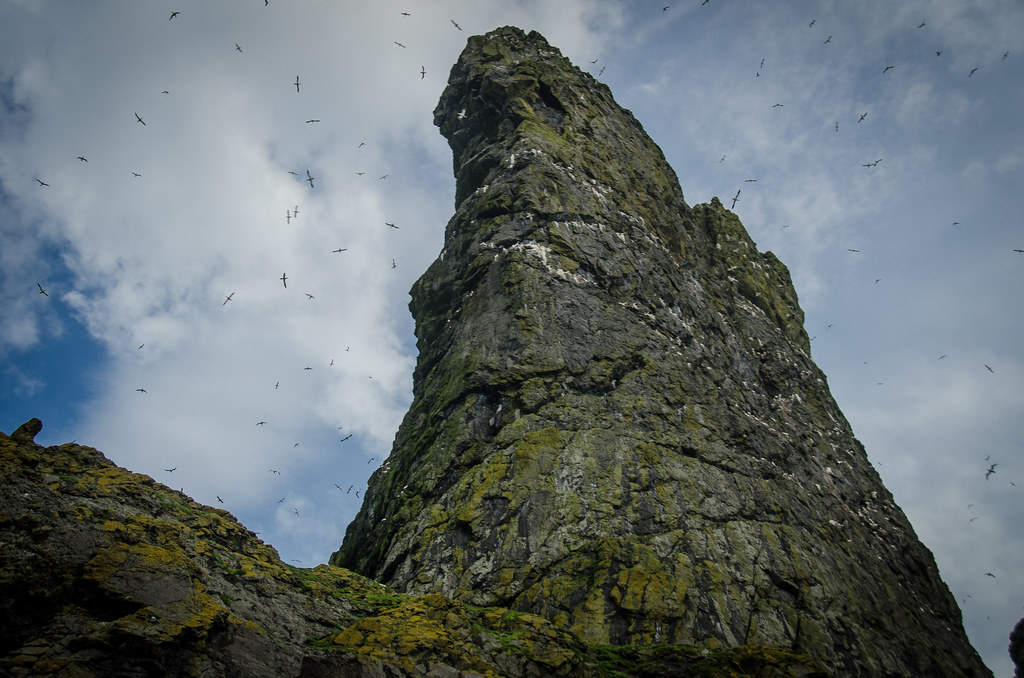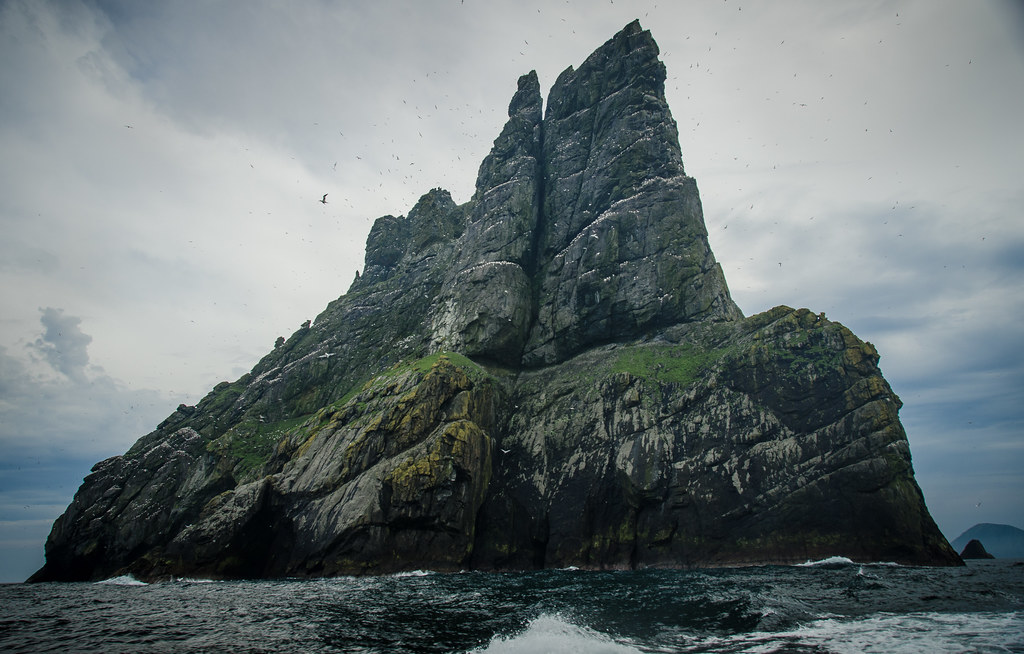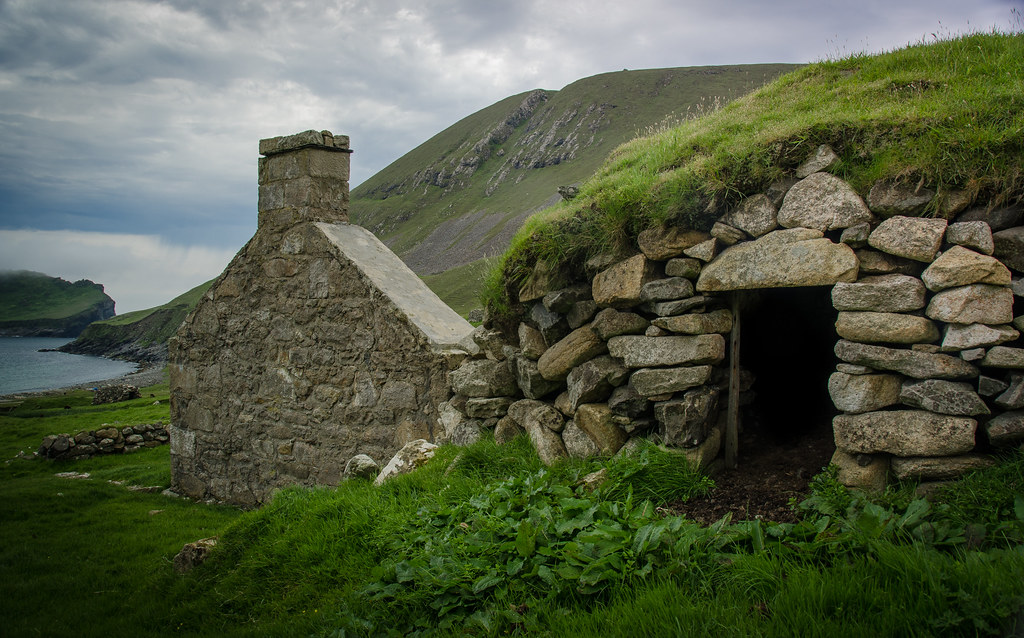Amazing UK World Heritage Sites
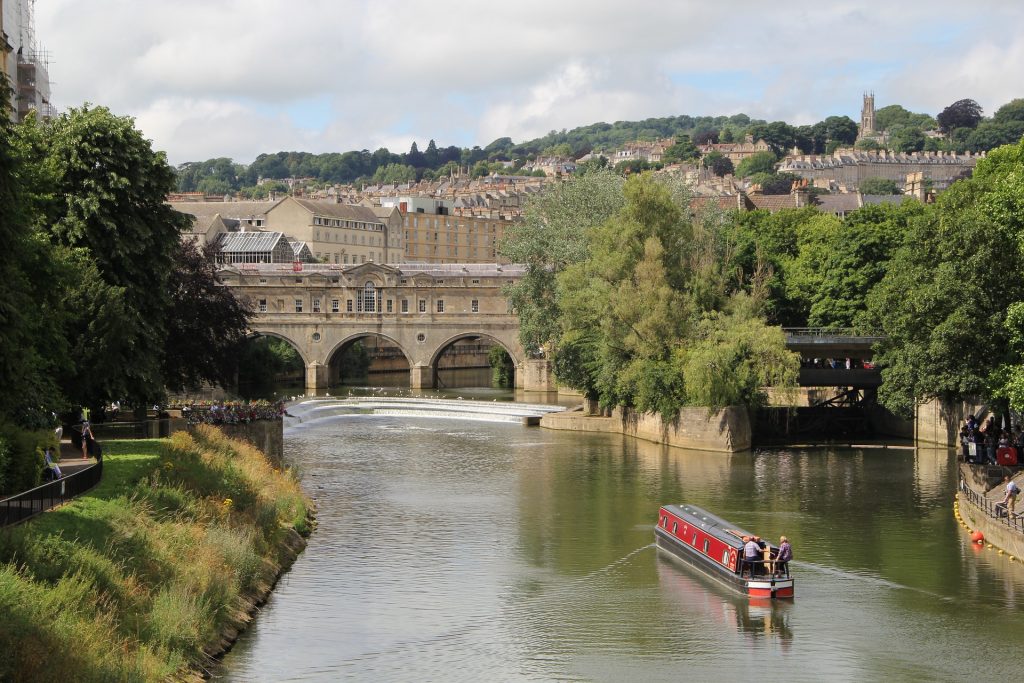
The United Kingdom is a country with a long and varied history, so it’s no surprise that it has a significant number of UNESCO World Heritage Sites. Most travelers heading to the UK usually visit only a few token destinations outside of London, so they miss out on these wonderful historic places. Here’s a guide to some you should consider visiting the next time you’re in the UK.
The City of Bath
The city of Bath, founded by the Romans as a thermal spa, is also known as one of the homes of world-renowned writer Jane Austen. The city has gone through many transformations since its origins, from being a wool industry hotspot in the Middle Ages to developing into an architecturally opulent 18th- century Georgian town. It was added to the UNESCO list in 1987 for a number of reasons; its Roman Baths and hot springs, which are still pretty much intact, 18th-century architecture and town planning, its setting at the foot of hilly countryside, with green views stretching in every direction from the city center, and for how its architecture reflected the social ambitions of the 18th century. Nowadays, Bath’s historic center is a delight to wander around any time of year, and it is a romantic destination because of its stunning architecture, narrow streets, and cozy atmosphere. Bath also has a vibrant arts and culture scene, particularly theater and literature, and is host to several festivals throughout the year, such as the Jane Austen Festival and the Bath Children’s Literature Festival.
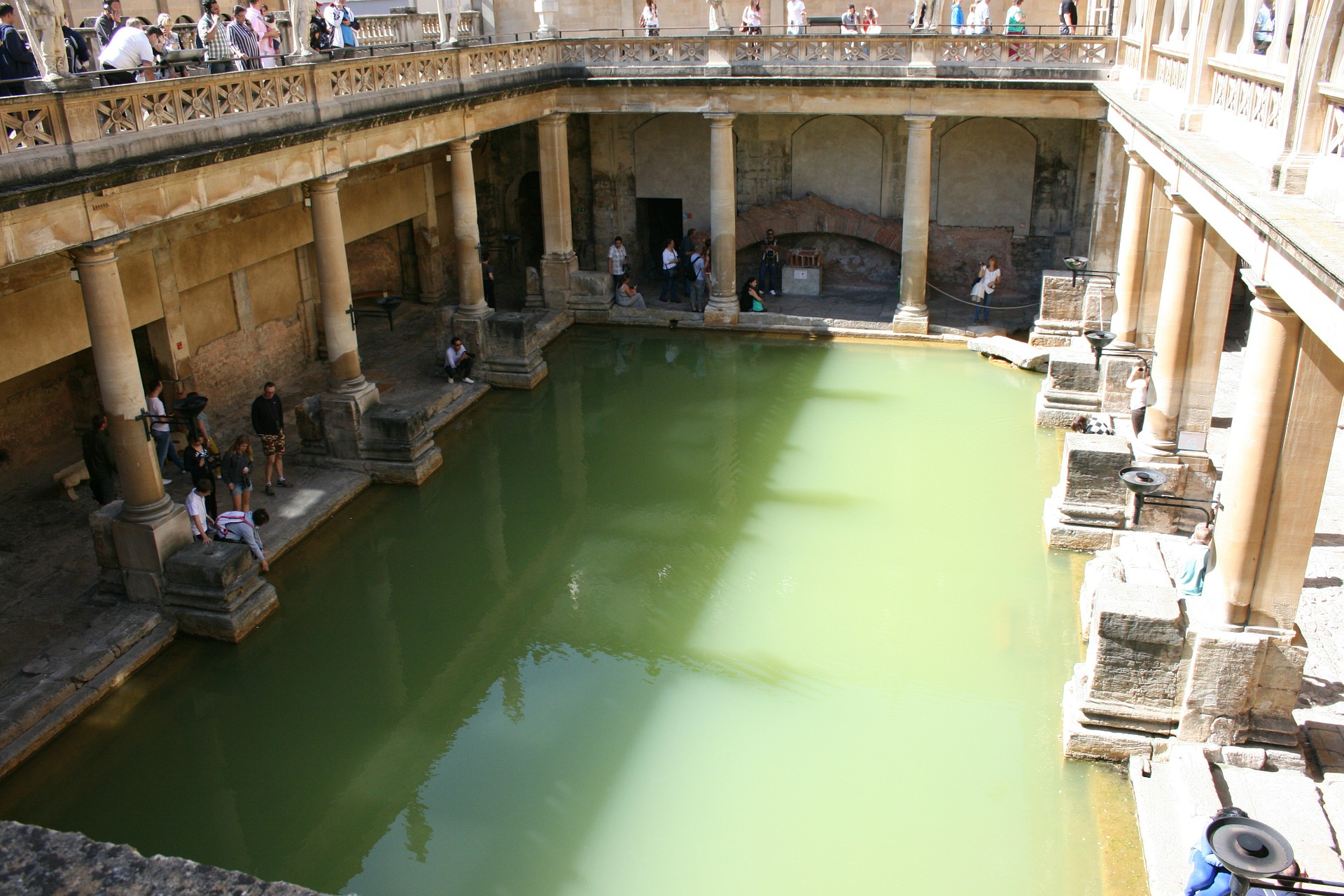
St Kilda
St Kilda is one of the most isolated and magnificent of all the UNESCO sites in the UK. A tiny archipelago in Scotland’s Outer Hebrides, St Kilda is the only UK UNESCO site – and only one of a few in the world – that has a mixed status of cultural and natural importance.
The islands of St Kilda have a fascinating history. Inhabited for over two millennia, the local population, which has never exceeded 180 people, lived a hermetic existence, cut off from the rest of the world. In the 19th-century, when tourism to the island took off, the residents faced new problems, like tetanus, a disease that the locals hadn’t been exposed to before. Diseases, and the British military presence during World War I, eventually led to the complete evacuation of the St Kilda’s largest island, Hirta in the 1930s. Today it’s possible to explore the remnants of the prehistoric ruins and a medieval village on Hirta as well as enjoy the rugged landscape and endemic wildlife. Visit at the right time – either out of season or very early in the morning – and, aside from a few scientists, National Trust workers, and defense personnel, you could have the islands to yourself. Most tourists only visit Hirta, but it is also possible to see the smaller islands of Dun, Soay, and Boreray.
Photos of St. Kilda provided by Donna Green (cc)
The English Lake District
The English Lake District has long inspired British writers. William Wordsworth described it as ‘the loveliest spot that man hath found,’ and Beatrix Potter bought a significant amount of land and property during her lifetime and then left it all to the National Trust upon her death. In fact, Potter is attributed with being one of the main reasons why there is still a lake district to enjoy today, as well as helping save the Herdwick sheep from extinction. It’s worth checking out the National Trust attractions detailing Potter’s life in the Lake District, such as Hill Top Farm and The World of Beatrix Potter, but it’s the landscape that also draws tourists here. Ancient castles, rolling hills, tranquil lakes, and picturesque villages that would take months to explore the area fully. The Lake District is known for its walking trails and mountains ideal for hiking, including the highest peak in England, Scafell Pike. It’s also a great area for a wide variety of water sports, such as kayaking, sailing, scuba diving, and windsurfing. A little-known fact about the Lake District is its gastronomy scene; tempting restaurants range from traditional historic pubs to high-end fine dining establishments, and there are special local delicacies you should try, such as Kendal mint cake and Cumberland sausage.
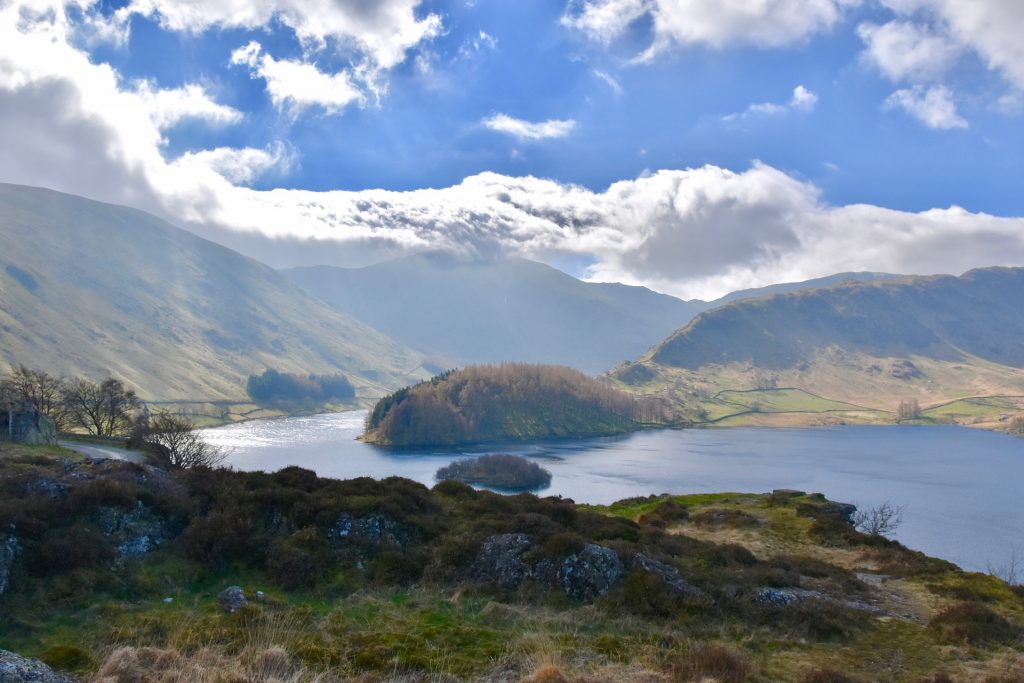
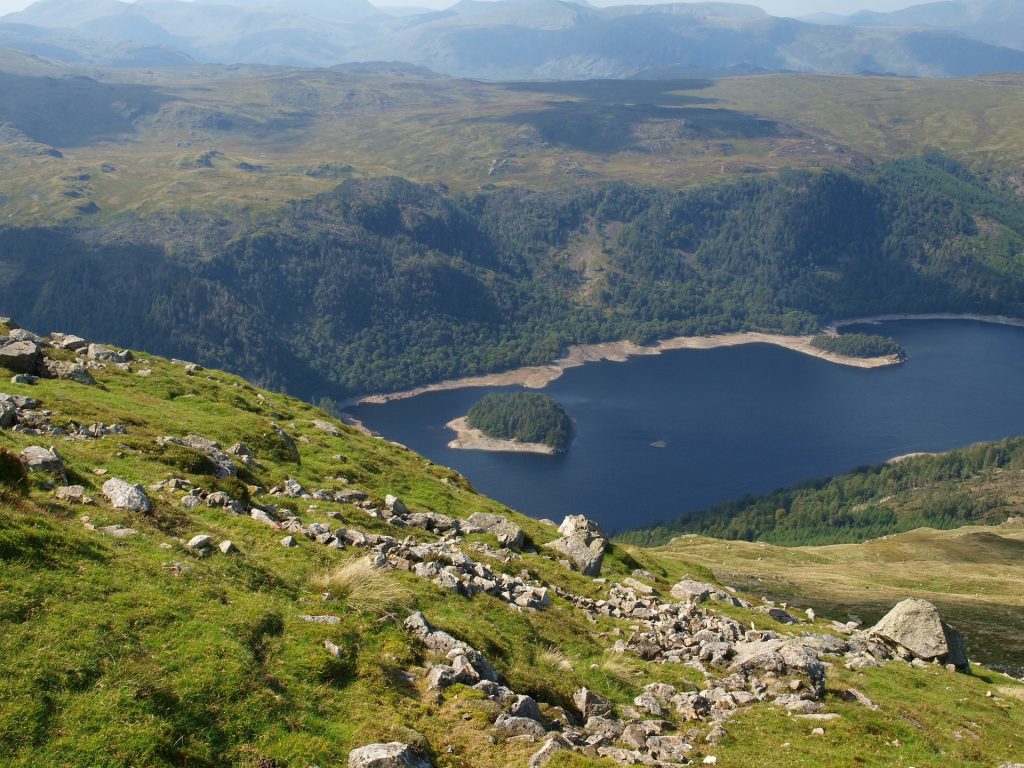
Durham Castle and Cathedral
There are plenty of reasons to visit the city of Durham in the north-east of England. An old university city with a reputation on a par with those of Oxford and Cambridge, Durham is a place that embraces its historical past while still moving with the times. It’s a lively center for theater, music, and comedy. Sites on the UNESCO list include Durham Castle and Cathedral, important landmarks to the city. The castle has been around since Norman times, built on the instruction of William the Conqueror to subdue the northern population – whom he saw as ‘wild and fickle’ – into realizing the might of his power. A classic example of a motte and bailey castle, it was extended over the centuries, including the addition of the magnificent Great Hall in the 14th century. Since 1840, the university has fully occupied the castle. Opposite is the cathedral, a site of religious importance for pilgrims during the Medieval Ages. Built to house the relics of St Cuthbert, the cathedral is also home to the head of St Oswald and the remains of an important Benedictine monk, the Venerable Bede.
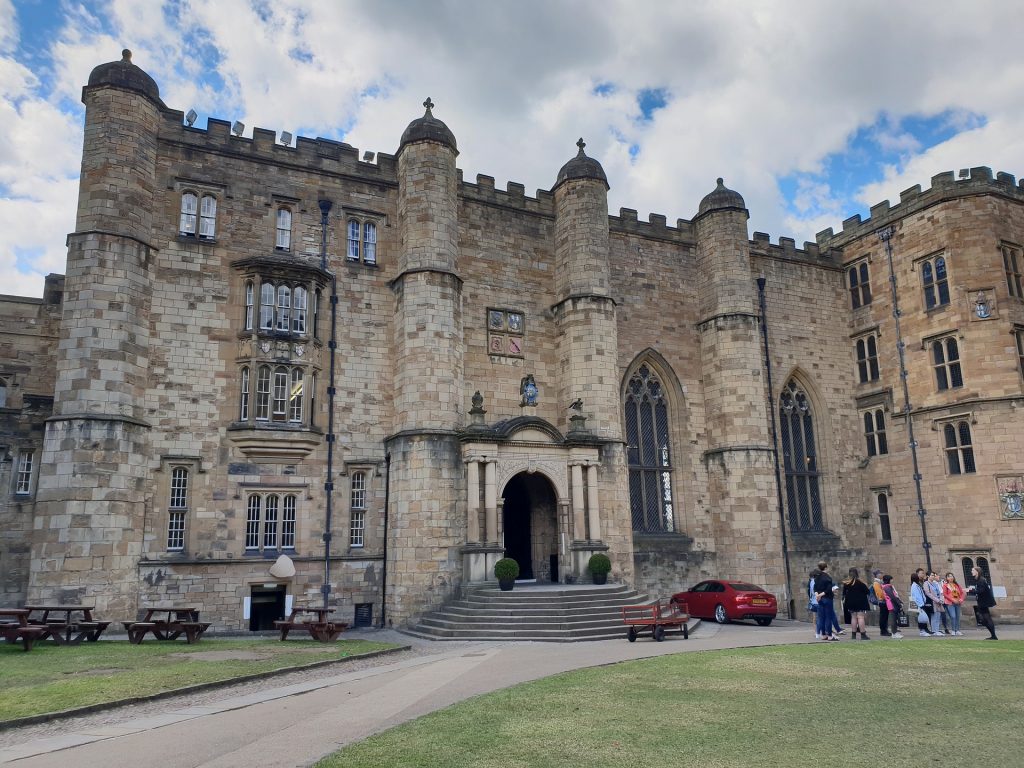
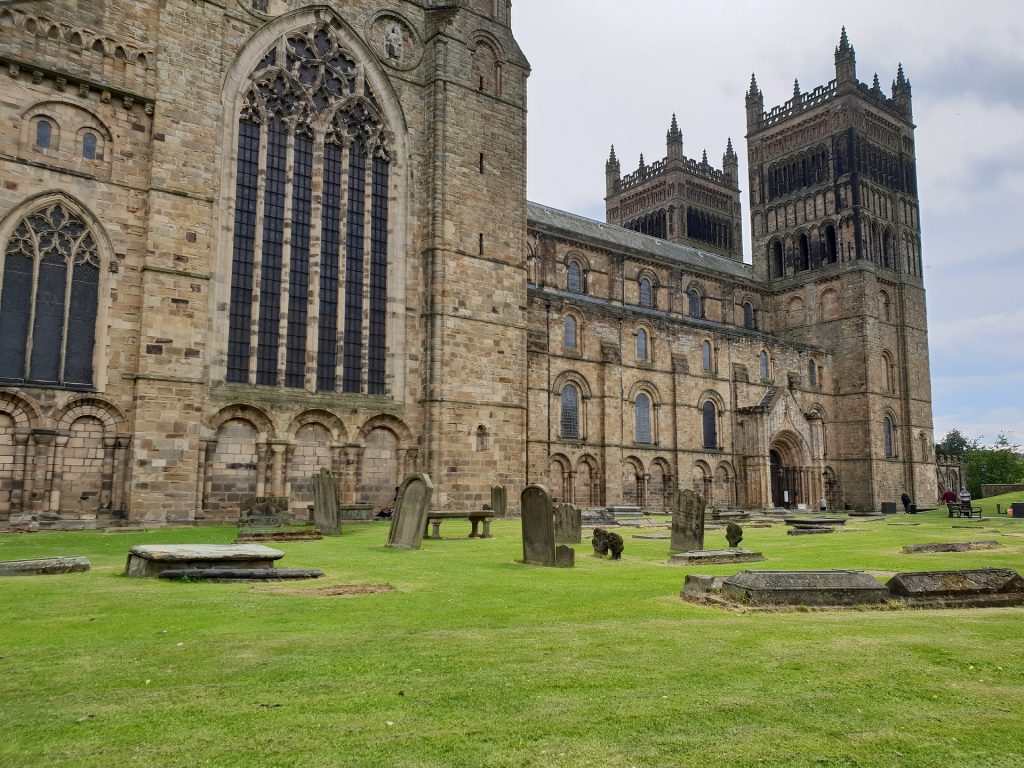
Blaenavon Industrial Landscape
South Wales has always had a strong tradition of industry; Wales was the first industrial nation in the world. There’s no better place to celebrate this than the Blaenavon Industrial Landscape. Inscribed as a UNESCO site in 2000, Blaenavon covers 33 kilometers and consists of many interesting sights and attractions related to the 19th-century coal and iron industries. Attractions include the Big Pit National Coal Museum, Blaenavon Ironworks, the Blaenavon Heritage Railway, and the Blaenavon World Heritage Center. Because of the government’s promise to protect the Blaenavon Ironworks in the 1970s, the remains of its 18th and 19th- century furnaces are the best preserved in the UK and now attract record numbers of visitors every year. The Big Pit – a former coal mine – has remained exactly as it was when it ceased functioning as a working coal mine in 1980 and offers guided tours for free— highly unusual for an attraction of this kind in the UK. If that isn’t enough, the town of Blaenavon is a fantastic example of a typical Welsh working-class town; largely architecturally and cultural unchanged since it was established for the workers of the ironworks. The surrounding countryside offers a host of activities, such as walking, horse riding, and cycling.
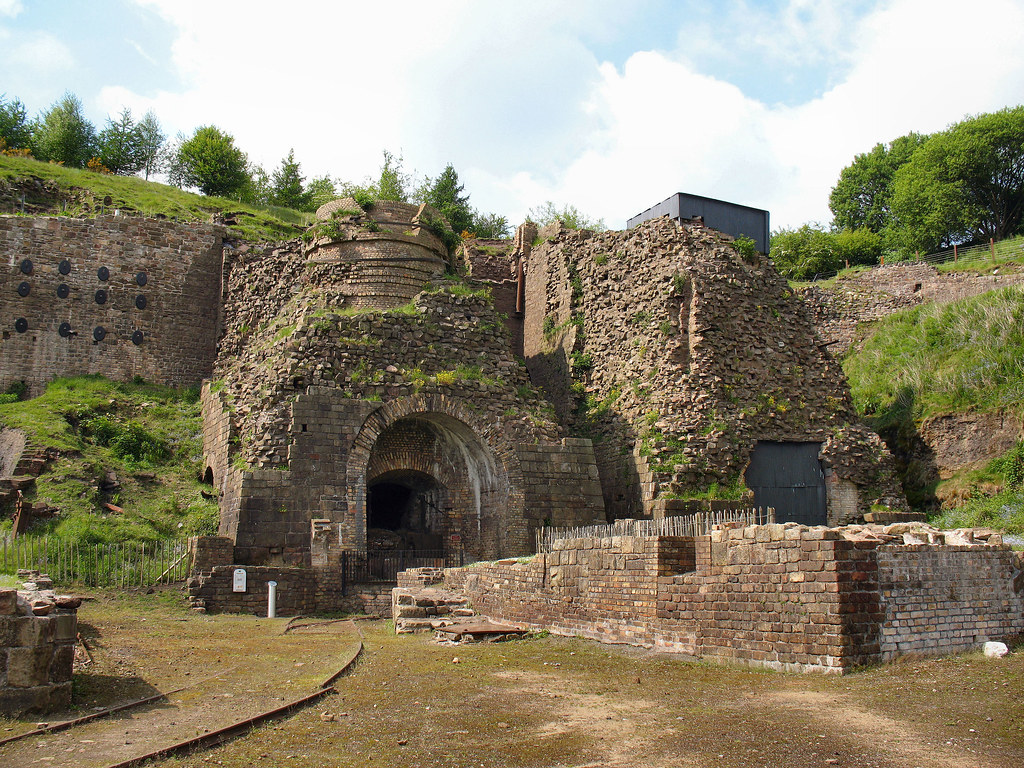
Book Your Stay in the United Kingdom
Use the interactive map below to search, compare and book hotels & rentals at the best prices that are sourced from a variety of platforms including Booking.com, Hotels.com, Expedia, Vrbo and more. You can move the map to search for accommodations in other areas and also use the filter to find restaurants, purchase tickets for tours and attractions and locate various points of interest!

Ali Jennings is a freelance writer, house sitter and teacher currently residing in the UK. She has travelled to many countries across Europe, Asia and Northern Africa. Since starting writing in 2013, she has contributed to a number of travel and news websites and is currently working on her first book. When she is not writing and teaching, she enjoys tabletop gaming, ice hockey, photography, and learning languages.
